Here is Dave Hallock’s original letter to the Salmon Recovery Board Grant Manager for our area. Dave had just become aware of the possible relationship between the Washington Department of Recreation and Conservation and the troubling Barnaby Reach project. We are publishing this letter because it describes certain concerns about flood risk associated with the Barnaby Reach project.
“Dear Marc Duboiski,
It appears from information on the Washington State Recreation and Conservation Office website that you may have a role relating to a grant the Skagit River System Cooperative may seek for a salmon habitat restoration project in the Barnaby Reach area upstream from my home in Rockport.
I’ve been investigating this developing project and am seeking all the information I can acquire relating to the permitting and funding of projects like this. I don’t know that the SRSC would deal with your office, but it appears that you may have information I am seeking about salmon recovery projects like this. I’d like to understand the process such projects go through to gain approval and grant funding, and I’d like to know who all the decision authorities are regarding this kind of project.
This particular project has reached the point of a final report relative to alternatives being considered by its sponsors. I’m very concerned at this point because the most ambitious alternative under discussion and analysis includes design ideas which may create an increase in exposure to flood risk for the homes and lands just south of the project area that cannot be fully mitigated in the event of catastrophic events. The preferred alternative under consideration would include cutting a channel off the Skagit to divert river flow into the Barnaby Slough and back into the river, a design action the SRSC is representing in its analysis as not featuring significant increased flood risk. However, the SRSC leaders have publicly acknowledged that they did worst-case scenario analysis that does show significant flooding. Further, it is easy to scenario possible events and circumstances which would lead to flooding as a consequence of the diversion.
I won’t say more now about this project feature, but it apparently is the key element in the alternative the SRSC project managers acknowledge to be their preference, and it is evident that their alternative assessment report does not address risk possibilities which are real and of great concern to those of us who live and farm in this area. Residents in my area were among the first responders to the Oso slide and the level of concern here about the risks of river flow diversion and the potential for catastrophic events and unforeseen circumstances is immense.
We want to make sure that any project advanced for grant funding and approval is thoroughly considered, especially with respect to flood risk exposure for area landowners, residents and farmers. All that you can share with me about the process will be appreciated. And, any information you can provide as to individuals and agencies we should be communicating with regarding a project like this will be helpful.”
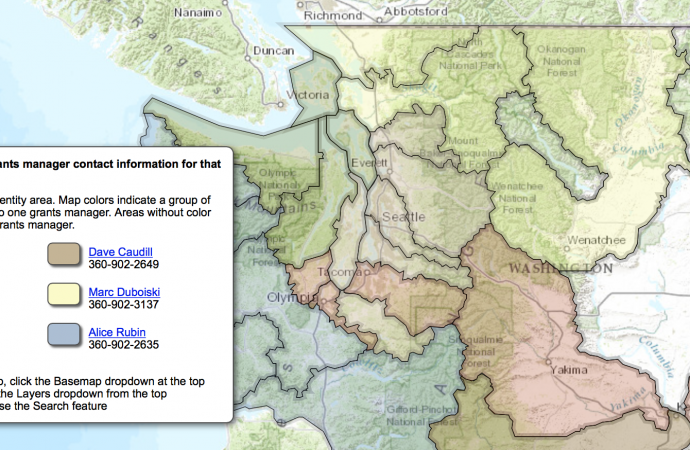
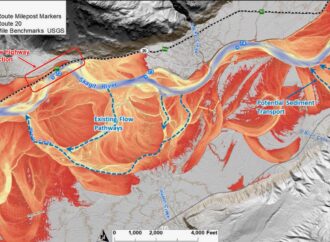
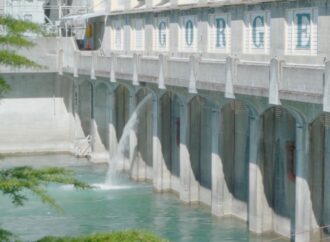

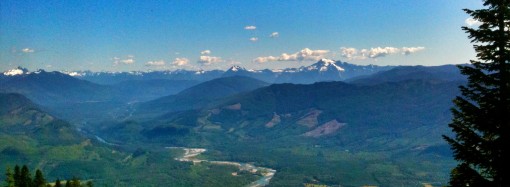
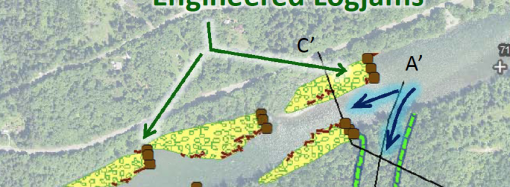
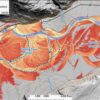
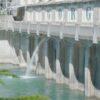
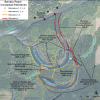
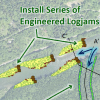
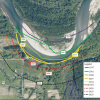
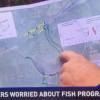
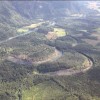
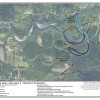
Leave a Comment
Your email address will not be published. Required fields are marked with *